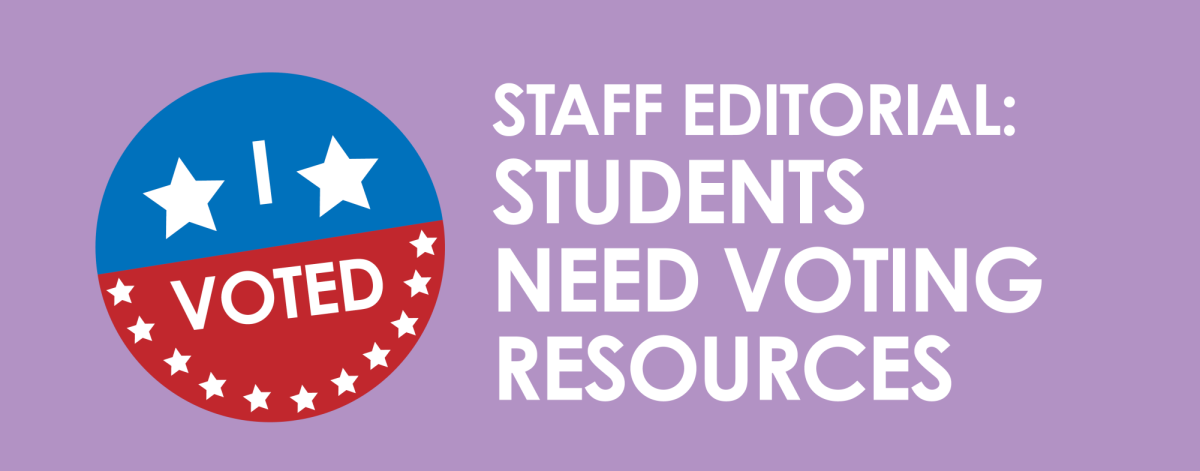Younger demographics have historically shied away from voting polls. According to KFF, eligible Americans ages 18 to 24 have the lowest voter turnout rate, with less than half of the voters of the next smallest group of ages 25 to 34.
According to the Center for Information & Research on Civic Learning and Engagement (CIRCLE), “a non-partisan, independent research organization focused on youth civic engagement in the United States” at Tufts University, 21% of surveyed youth said they did not vote because they didn’t have enough information about candidates or where to vote.
Nine percent of that 21% said they did not know how to register, 8% said they missed the deadline to register, and 4% said they faced issues with the registration application.
Changes must be made in regard to young people voting. The 2023 mayoral election in Carmel is imminent, and voters will be showing out to the polls on Nov. 7.
On Sept. 7, a voter registration drive in the Community Room was held for students who would turn 18 before Nov. 7.
Ben Boyce, voter registration organizer and senior, said the drive was an effort to increase voter turnout in Carmel and Indiana.
Boyce and co-organizer and senior Liam Hansen partnered with the Hamilton County Election Office, the Carmel Clay School district and the school’s administration to hold the event. Boyce said planning began at the end of the summer, and they worked with the Carmel Clay Schools district and the school’s administration to set the event date and advertise to students.
The drive resulted in 21 students registering to vote at the Carmel elections. Regarding future drives, Boyce said he’s very open to organizing a drive in the spring for the May 2024 presidential primary elections.
While Boyce and Hansen’s initiative must be applauded, the HiLite staff believes that the school district and the school can pursue even more avenues to increase accessibility to student voting and cannot always rely on student action. Increased outreach to students is especially essential, possibly through promotion earlier in advance or multiple voter registration drives that would accommodate students’ schedules.
There may not always be politically involved students interested in or willing to organize future events, so district leaders and administrators must plan in advance to give as many students as possible a chance to exercise their civic right to vote.
According to CIRCLE, 46% of youth were not contacted by any party or organization about the 2022 election. While this drive was an important step in providing resources to young voters, continued education and preparation are necessary.
As more high schoolers turn 18 and become eligible to vote, they need resources. The voter registration drive this past September was an important step in providing these resources, but even more can be done to prepare students for casting their vote.









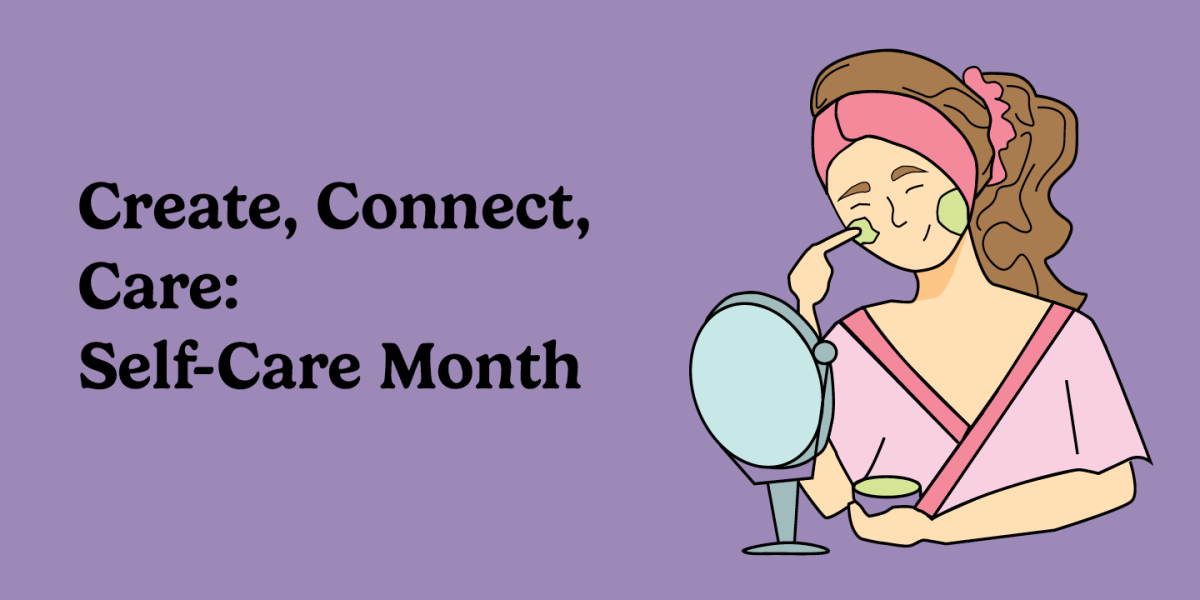





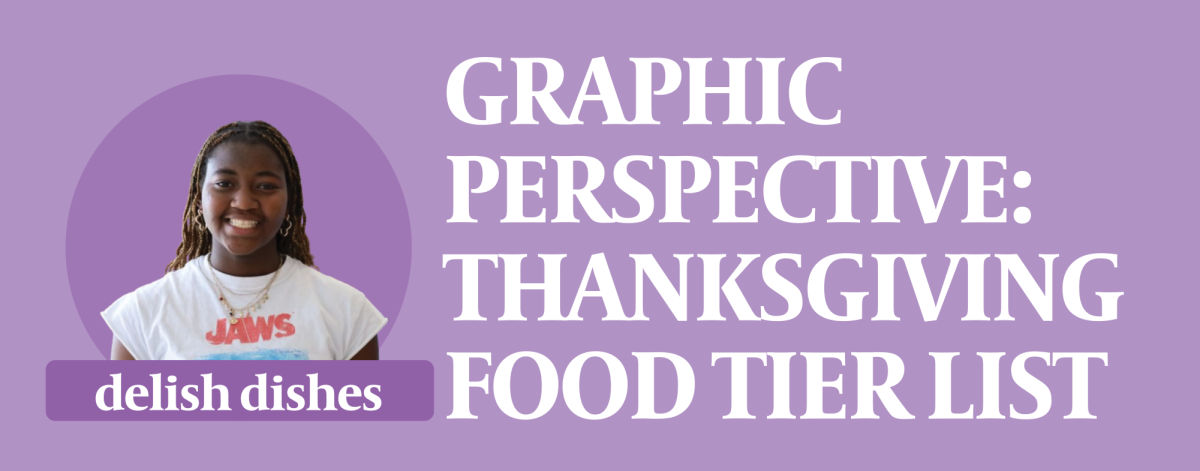


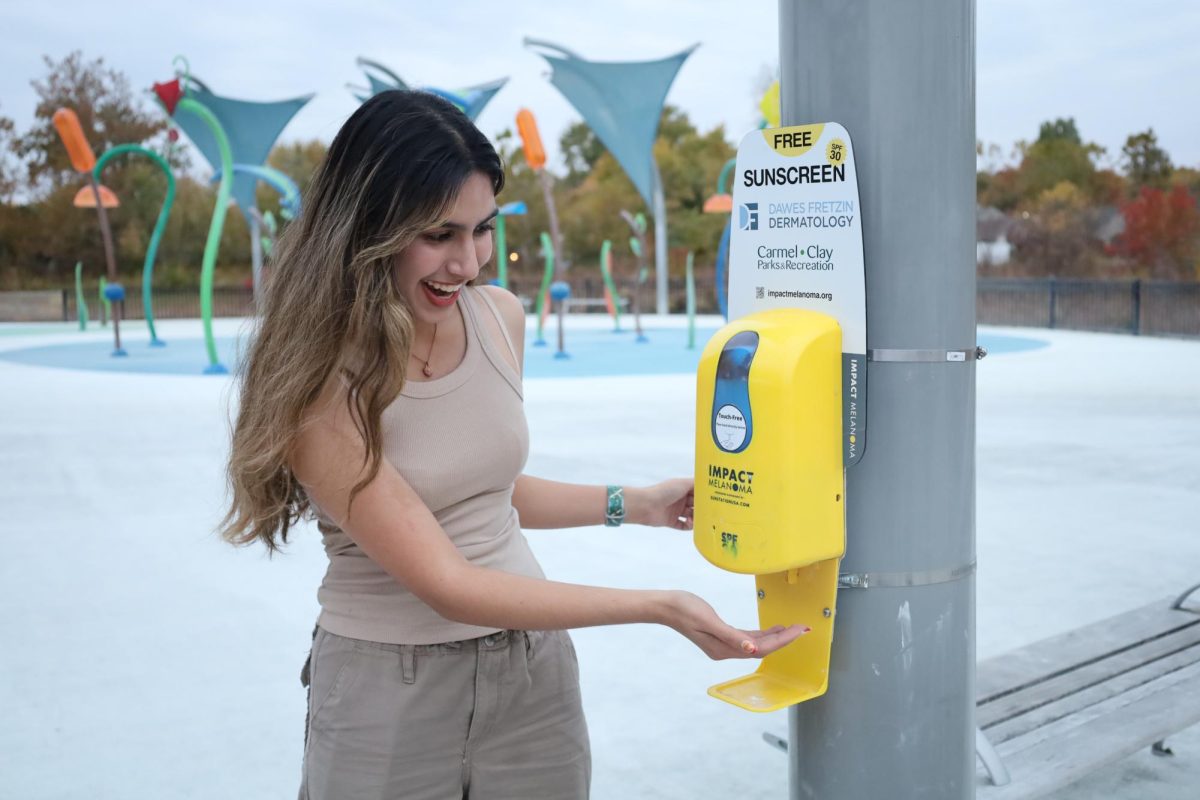
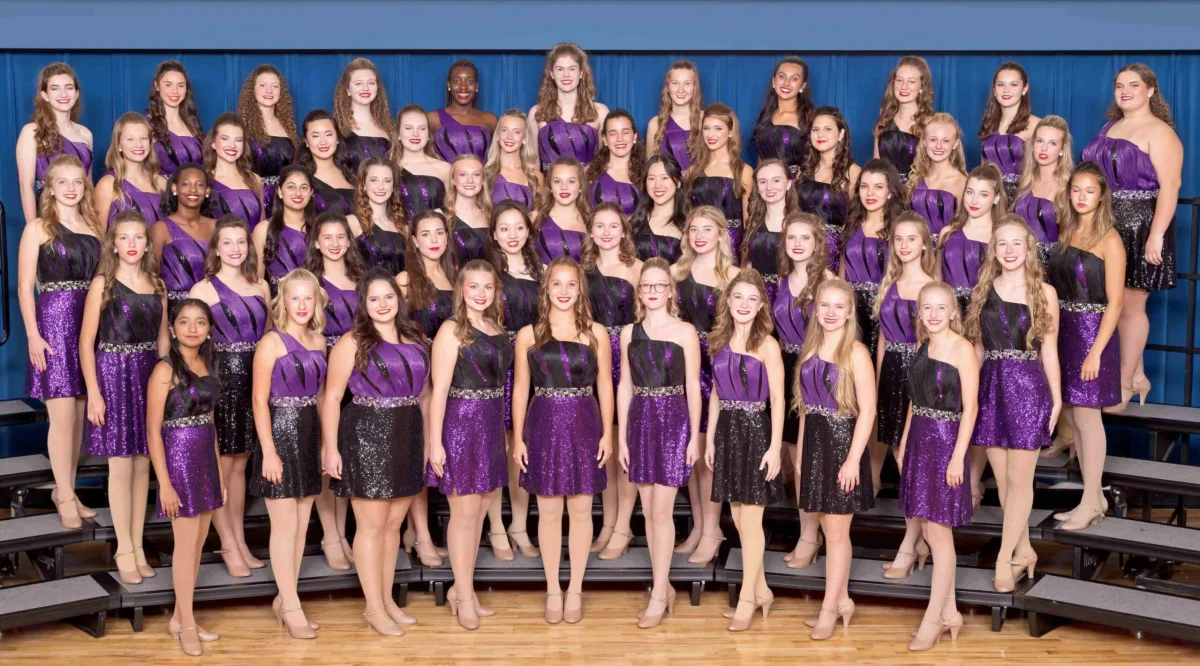

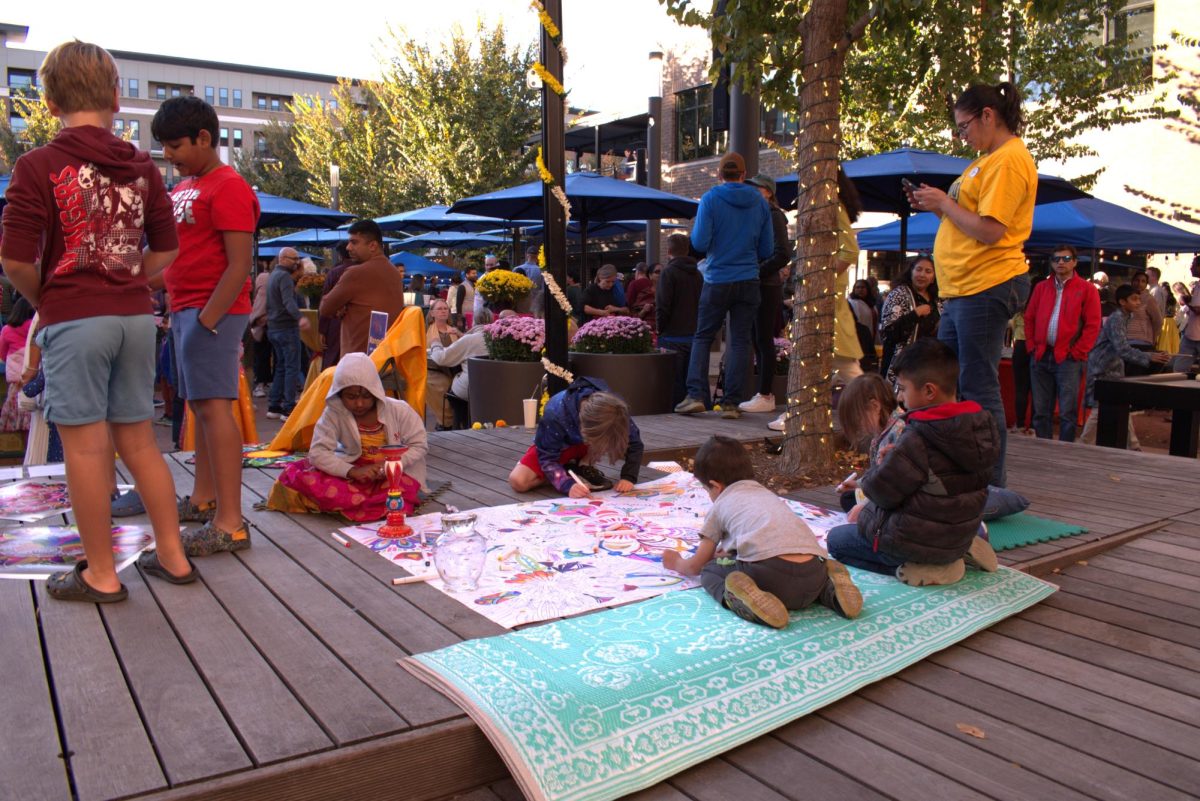
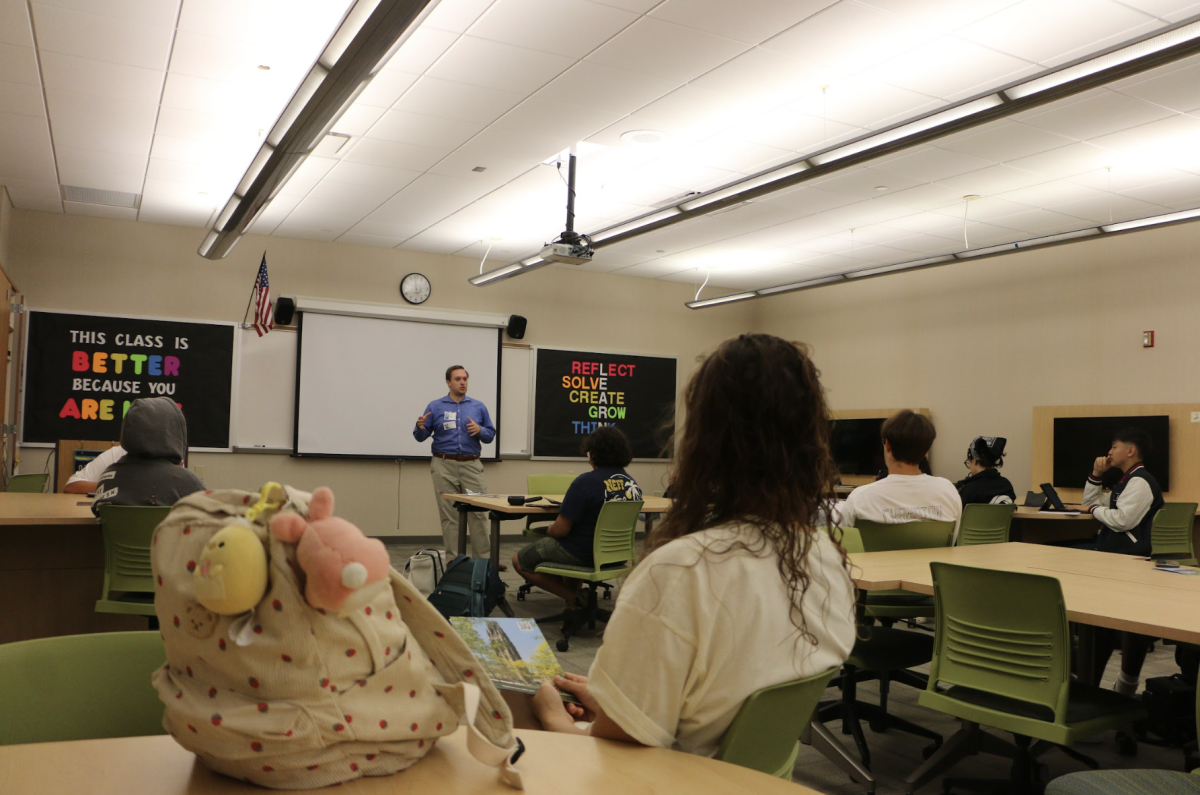
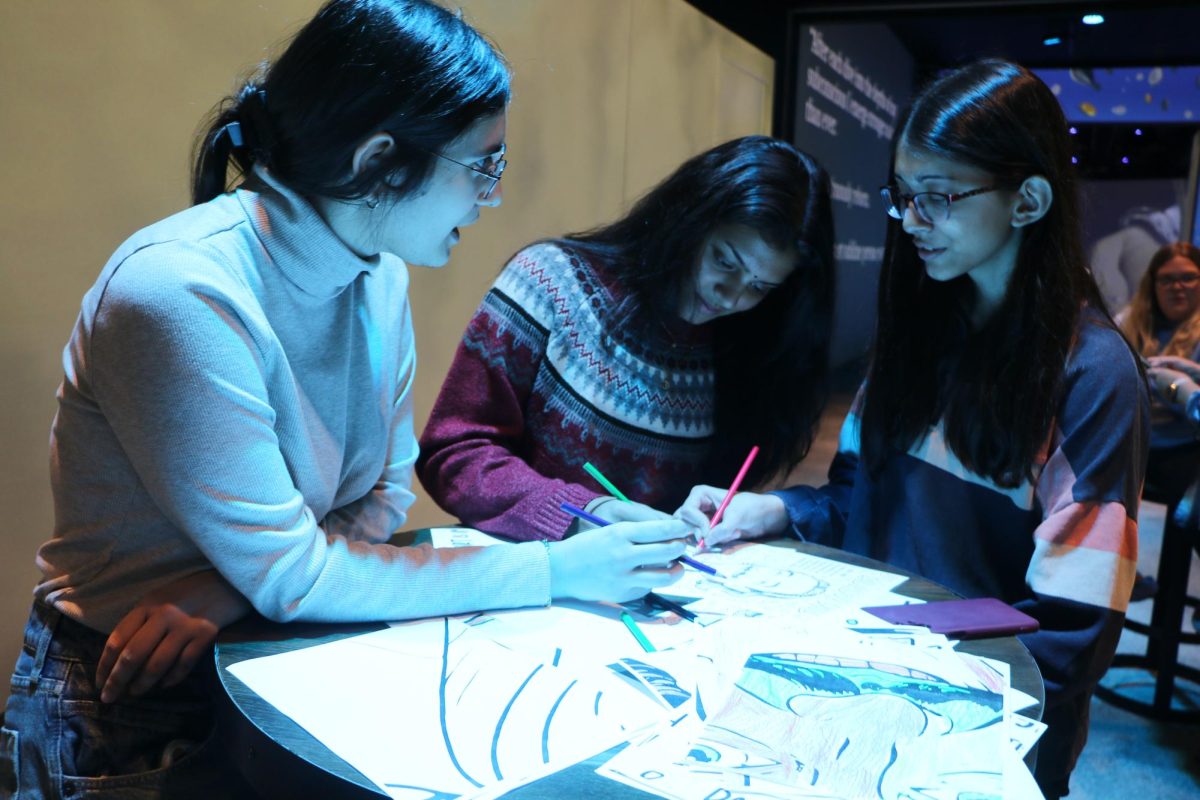
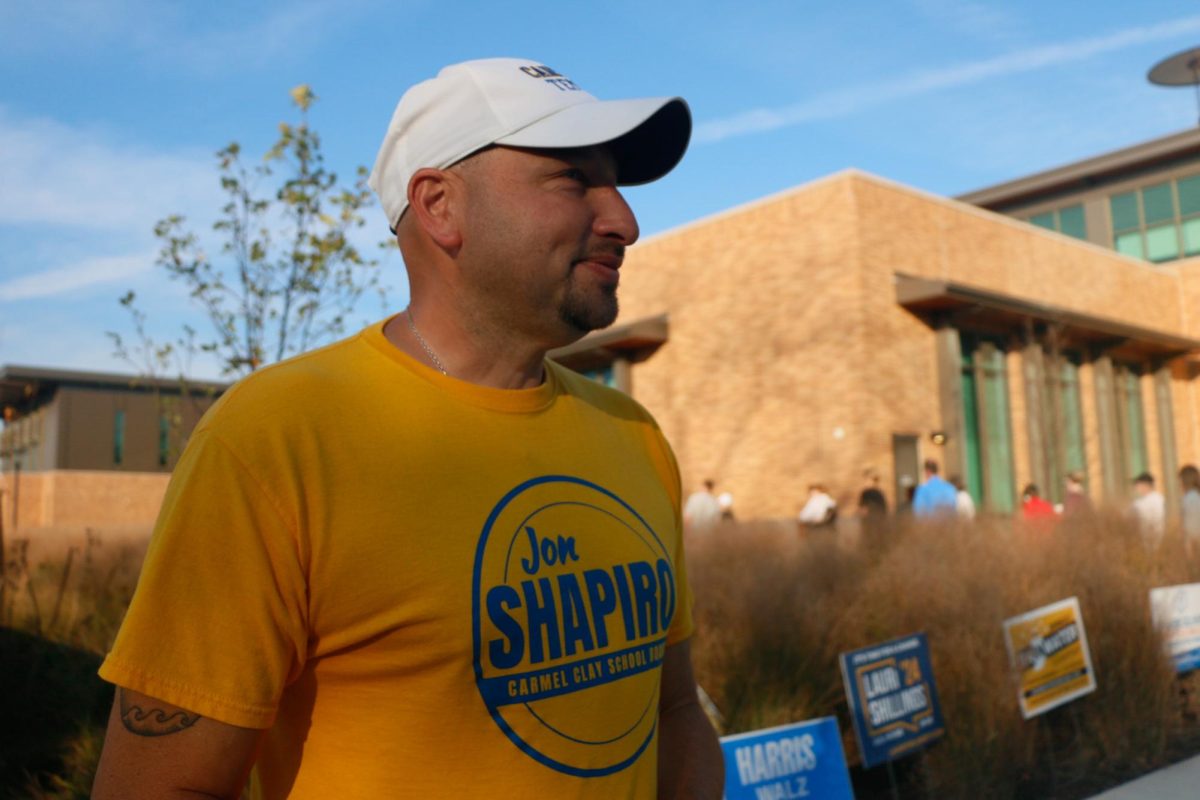
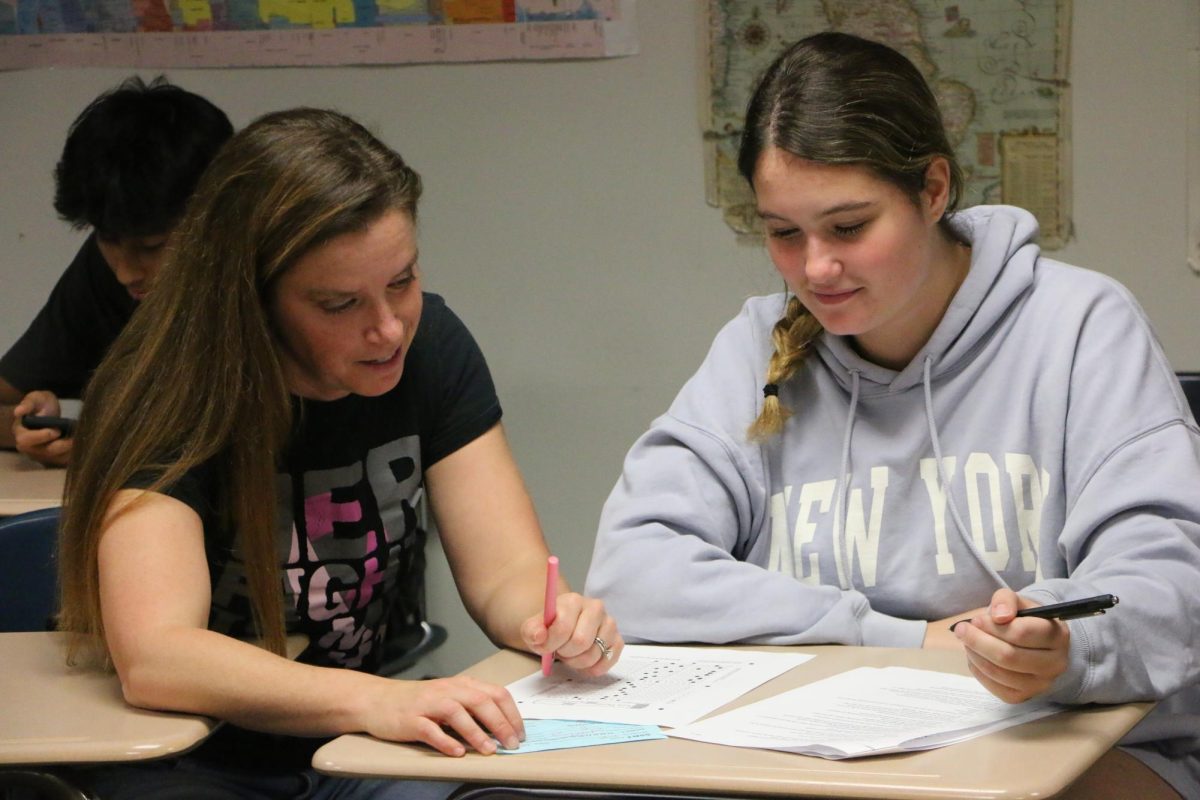



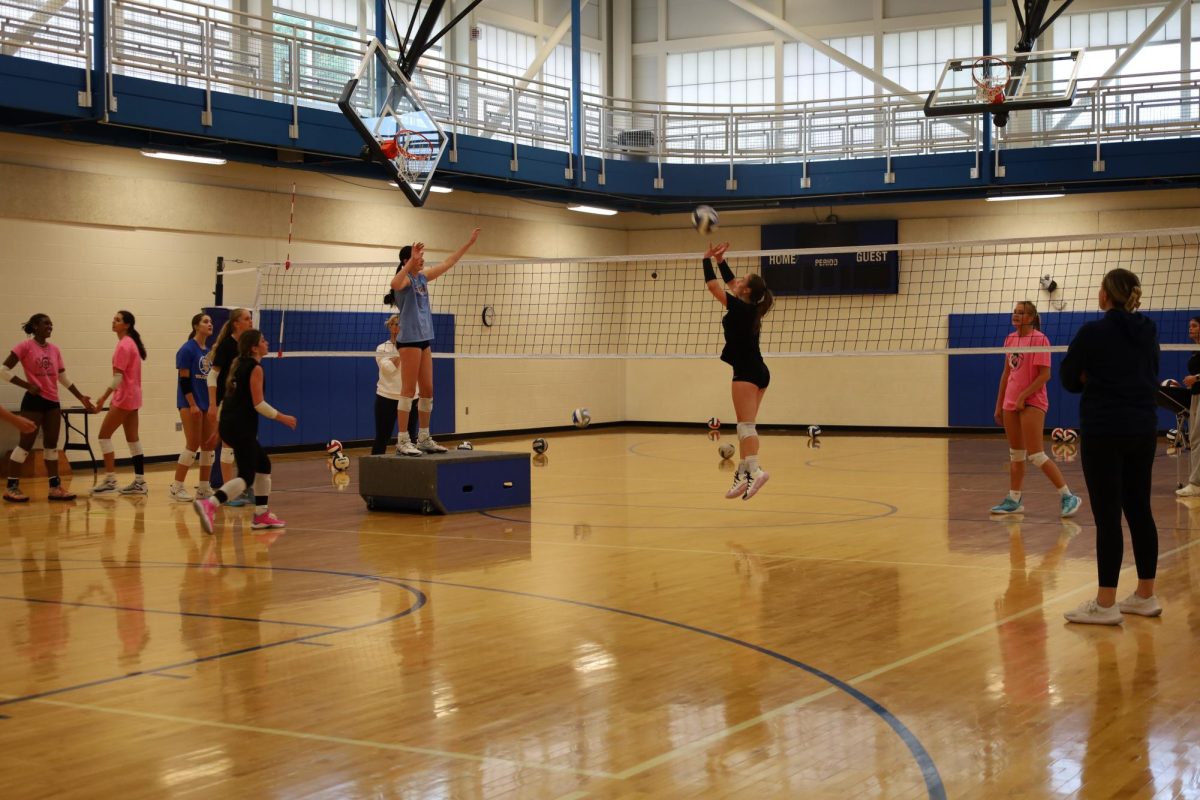

!["Wicked" poster controversy sparks a debate about the importance of accuracy versus artistic freedom [opinion]](https://hilite.org/wp-content/uploads/2024/11/riva-perspective-cover-1200x471.jpg)


![Chilling or Childish? The downfall of modern horror movies [opinion]](https://hilite.org/wp-content/uploads/2024/10/adjusted-horror-cover-1200x471.jpg)
![“Uglies” is a call for change in the YA dystopian genre [opinion]](https://hilite.org/wp-content/uploads/2024/10/Perspectives-Cover-1200x471.jpg)


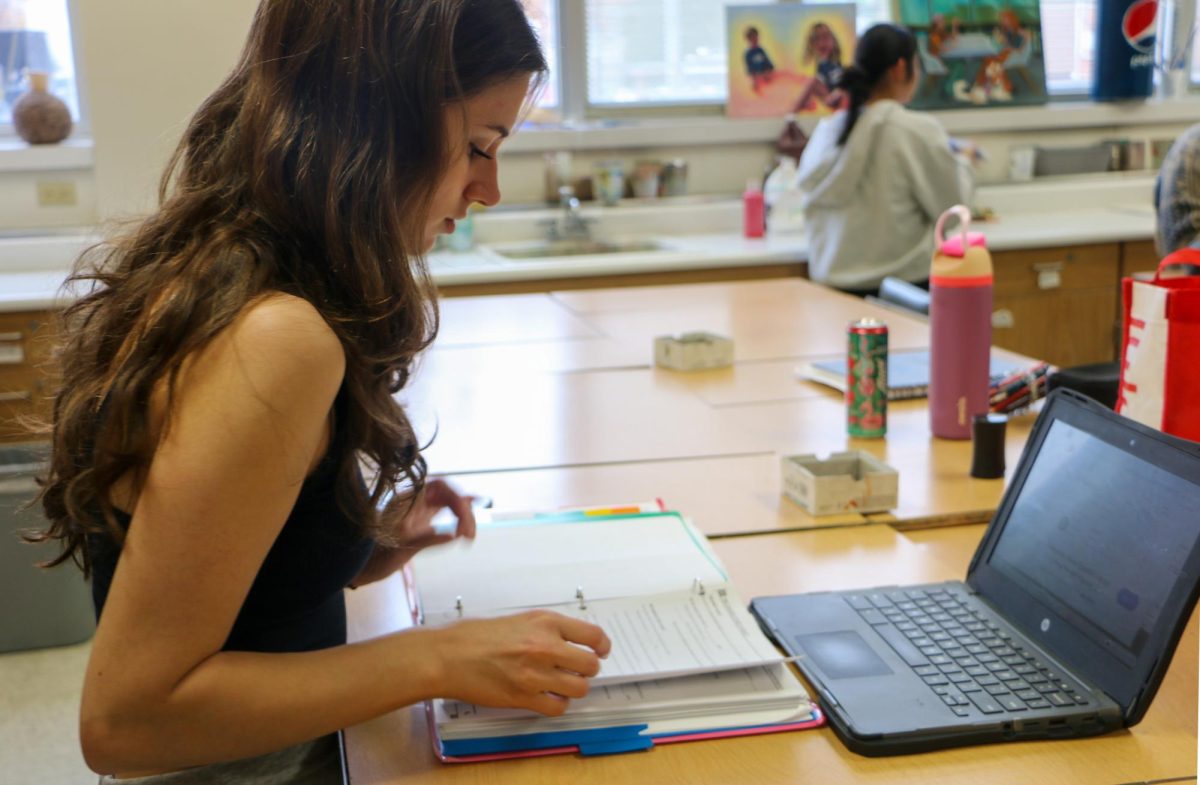

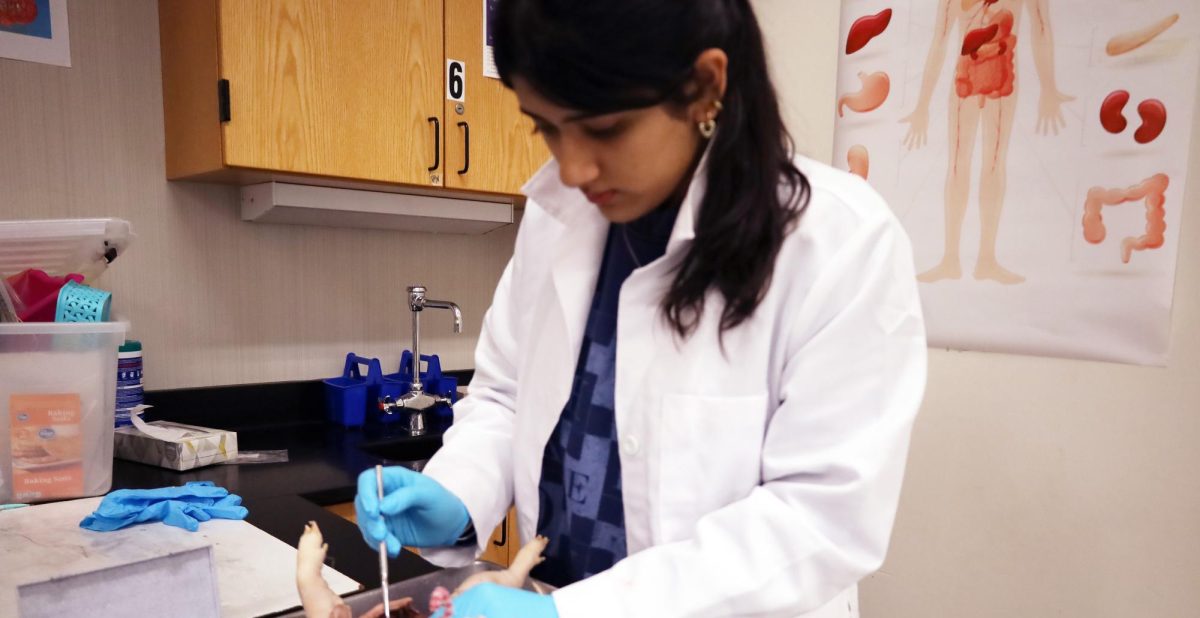








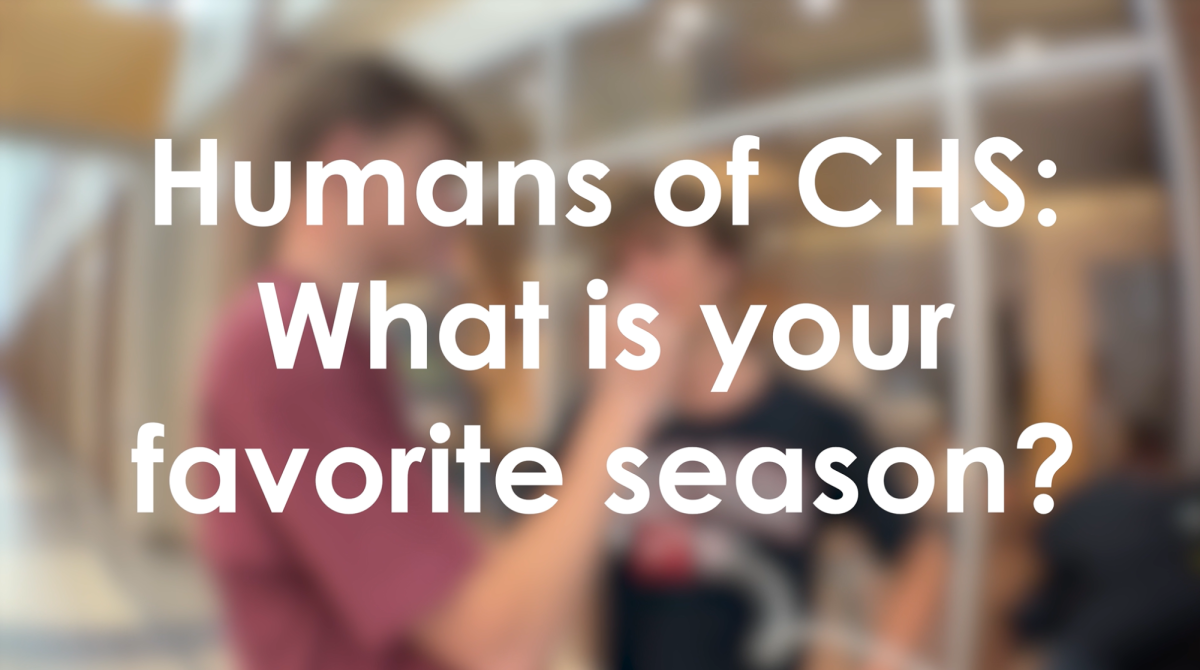





















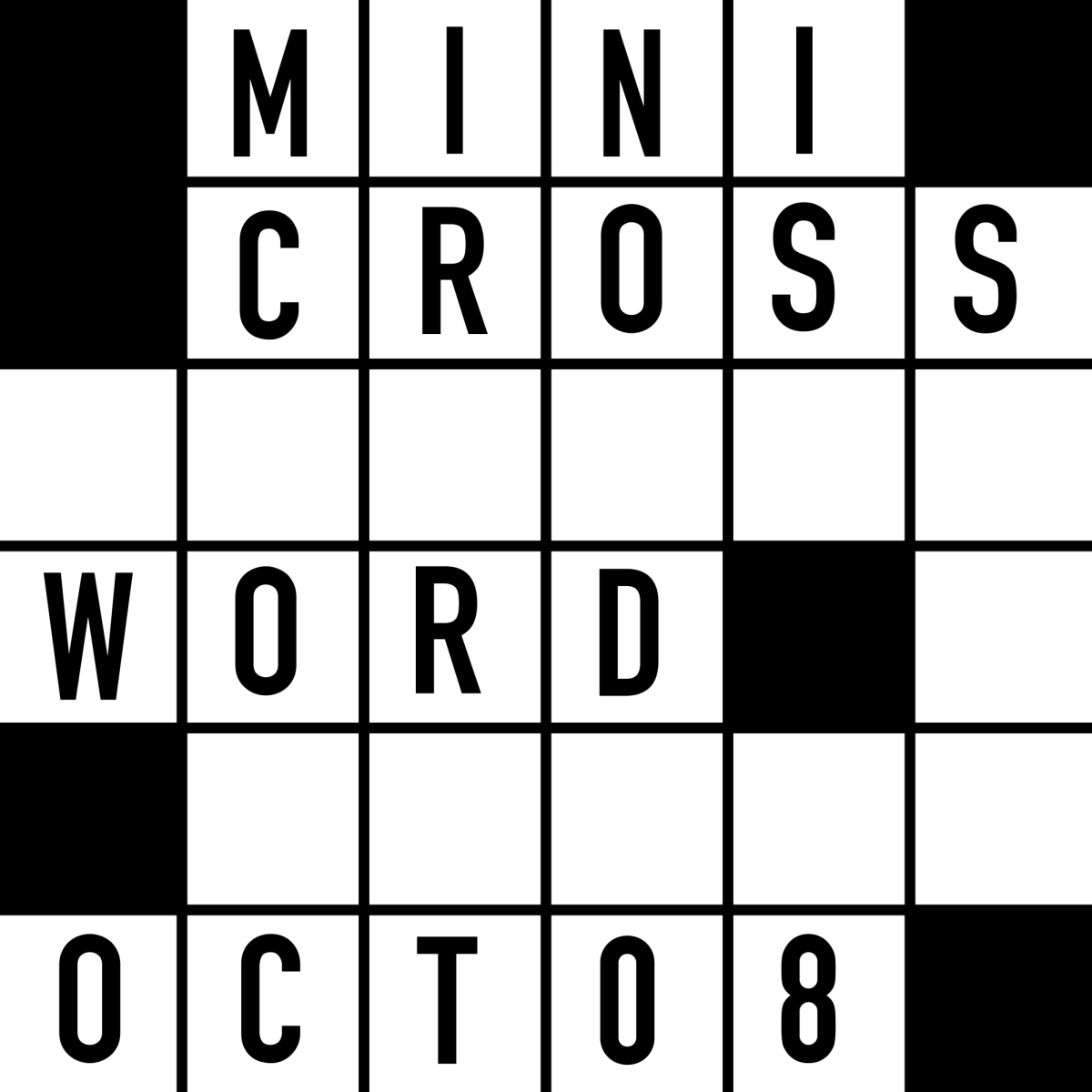


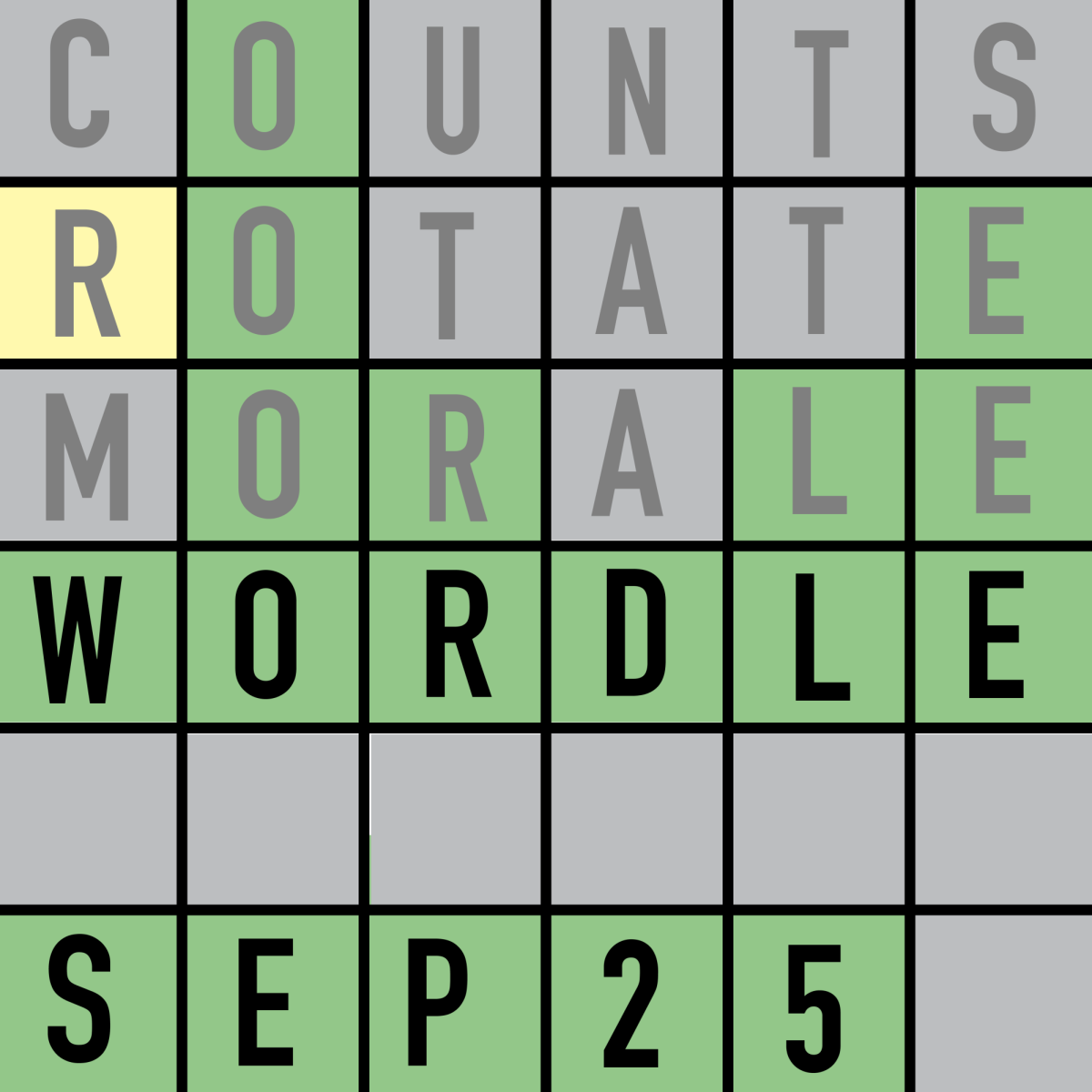





![Review: Indy Scream Park is a perfect level of spook to kickstart the Halloween season [MUSE]](https://hilite.org/wp-content/uploads/2024/11/IMG_1383.jpg)
![Review: “Saturday Night” is a chaotic and thrilling look at the origins of “Saturday Night Live” [MUSE]](https://hilite.org/wp-content/uploads/2024/10/snl-1200x800.jpg)
![Review: “Megalopolis” is a bold, bewildering mess [MUSE]](https://hilite.org/wp-content/uploads/2024/10/MV5BYTk3MjUzMGItYmU1NC00M2YyLThmNDMtNDI4NjkxNjgzMjQzXkEyXkFqcGdeQXRyYW5zY29kZS13b3JrZmxvdw@@._V1_-1200x675.jpg)
![Review in Print: Maripaz Villar brings a delightfully unique style to the world of WEBTOON [MUSE]](https://hilite.org/wp-content/uploads/2023/12/maripazcover-1200x960.jpg)
![Review: “The Sword of Kaigen” is a masterpiece [MUSE]](https://hilite.org/wp-content/uploads/2023/11/Screenshot-2023-11-26-201051.png)
![Review: Gateron Oil Kings, great linear switches, okay price [MUSE]](https://hilite.org/wp-content/uploads/2023/11/Screenshot-2023-11-26-200553.png)
![Review: “A Haunting in Venice” is a significant improvement from other Agatha Christie adaptations [MUSE]](https://hilite.org/wp-content/uploads/2023/11/e7ee2938a6d422669771bce6d8088521.jpg)
![Review: A Thanksgiving story from elementary school, still just as interesting [MUSE]](https://hilite.org/wp-content/uploads/2023/11/Screenshot-2023-11-26-195514-987x1200.png)
![Review: "When I Fly Towards You", cute, uplifting youth drama [MUSE]](https://hilite.org/wp-content/uploads/2023/09/When-I-Fly-Towards-You-Chinese-drama.png)
![Postcards from Muse: Hawaii Travel Diary [MUSE]](https://hilite.org/wp-content/uploads/2023/09/My-project-1-1200x1200.jpg)
![Review: "Ladybug & Cat Noir: The Movie," departure from original show [MUSE]](https://hilite.org/wp-content/uploads/2023/09/Ladybug__Cat_Noir_-_The_Movie_poster.jpg)
![Review in Print: "Hidden Love" is the cute, uplifting drama everyone needs [MUSE]](https://hilite.org/wp-content/uploads/2023/09/hiddenlovecover-e1693597208225-1030x1200.png)
![Review in Print: "Heartstopper" is the heartwarming queer romance we all need [MUSE]](https://hilite.org/wp-content/uploads/2023/08/museheartstoppercover-1200x654.png)





